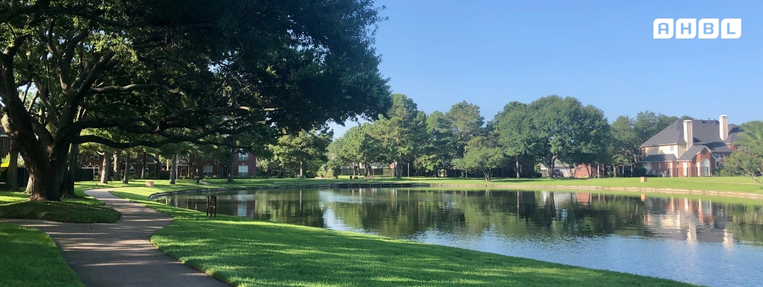Master Planned Communities and Making Great Neighborhoods
Author: Aaron Rogers
Contributor: Alex Campbell, AICP
Master planned communities (MPCs) are becoming a more prevalent development process, allowing both jurisdictions and developers to take a comprehensive look at how a community is built over time. This process ensures that all aspects of a proposed development – ranging from the variety of land uses, multi-modal traffic networks, utility availability, public facilities, open spaces and recreation facilities, sensitive area conservation, and neighborhood connectivity – are established and defined in association with entitlement for the project. This comprehensive lens towards development encourages communities to develop in a manner that creates cohesive and desirable neighborhoods.
MPCs are typically larger development proposals that can span hundreds or thousands of acres, be comprised of thousands of residential units, and contain significant non-residential (commercial, office, retail, etc.) square footage. The development is completed in phases that will eventually culminate in a holistic community. MPCs can include a wide range of amenities, from recreational facilities like parks and golf courses to cultural and entertainment spaces, like theaters, art galleries, and event spaces. MPCs deliver a high quality of life to community members by ensuring that their needed and desired amenities are available locally.
The presence of prominent destinations within MPCs increases the amount interest these destinations receive – both from within MPCs and from their surrounding community. People can form connections and relationships through engagement with the people in their community. The efficient planning of these MPCs can facilitate meaningful relationships between the residents of these communities. These relationships can continue to grow the sense of community and make it an attractive place for people to move to.
Another significant benefit of the MPC process is that developers and jurisdictions can examine an area of land with a comprehensive lens; something that is significantly more challenging when development occurs in a more piecemeal manner with multiple independent landowners. This allows for analysis and mitigation of impacts associated with large developments to occur as the community grows. For example, transportation and utility infrastructure can be required at certain phases of the development, parks and recreation facilities can be located in areas of maximum benefit for the community, and the overall development plan can be established at the beginning of the planning process for public engagement and feedback.
AHBL is committed to finding innovative ways to combine efficient, safe, and comprehensive development together with community-building principles. Our committed staff work hard with jurisdictions and developers to create neighborhoods where people are surrounded with the amenities they need in a community that feels like home.
